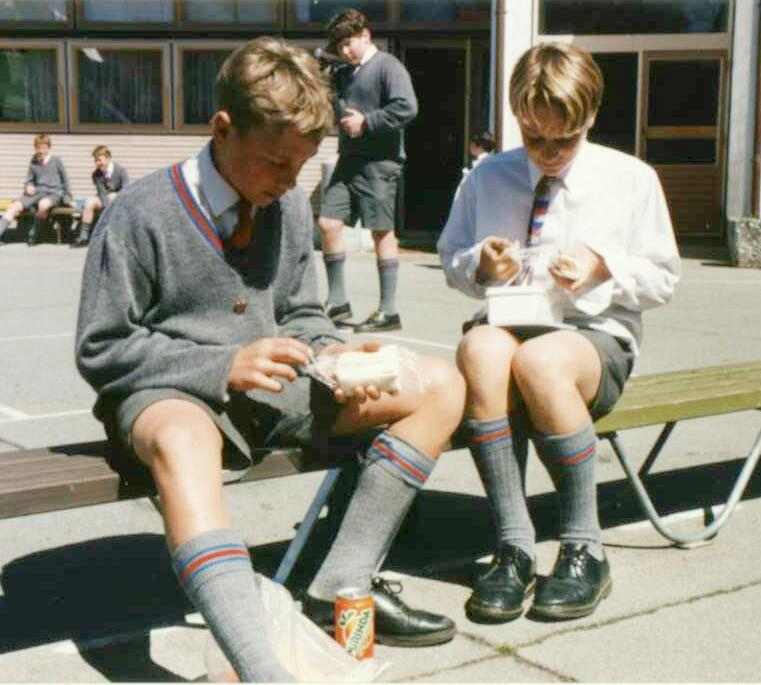
Figure 1.--Ties are worn at many private schools in New Zealand. This is a prepratory school, similar to preparatory schools in England. |

|
The use of the neck tie as part of a school uniform varied greatly from country to country. While styles were quite similar, the conventions for wearing neckties varied from country to country. They were more commonly worn in Britain than any other country, because of the generally more formal styles there. Several former colonies basically copied English styles wgich were influential in manuy other countries as well. Most other countries like America, France, and Germany have taken a more informal approach to school uniforms.
Some American boys wore neckties in to school in the 1920s, but Americans took a more casual approach to schoolwear. Most American boys did not wear uniforms to school and tus neckties were not common. Only at a few prestigious private schools have ties been required. In our more casual modern era, many American boys rarely wear ties and may not, in fact, learn to tie a knot until their teens. Usually British boys learn to handle a tie at an earlier age. School uniforms became more popular in American public (state) schools during the 1990s. Ties are not usually part of the American uniforms, but a few schools require them. A reader writes in 2003, "I don't think I noticed plaid neckties mentioned on your school uniform page. There are two boys' Catholic schools in my town that require a plaid uniform tie; there may be others. I see them sold a lot from uniform vendors."
As explained above, the necktie became an important feature of the school uniform in the 1920s. It was ub England that the necktie was first used as part of the svhool uniform. Even though even England is adopting more casual school uniform styles, the tie continues to be an important feature of the school uniform. British schoolboys wore ties to school. Both state and private schools required them. The ties were usually stripped in the school colors. Often prefects or boys who "won their colors" received the honor of wearing distinctive colors. Many elementary schools in the 1980s began allowing boys to wear more casual clothes, including shirts without ties. Almost all secondary schools, however, still require ties. Sport and the military influences came together in the distinctive school tie,
since regimental ties (though not actually part of uniform) and club ties developed together in the 1880s
French elementary boys have not traditionally worn ties. School smocks were worn for many years and ties were not worn with smocks. I'm not sure how common ties were in secondary schools. Even befor World War II, most boys had open collars. Some older boys wearing suits did wear ties. French schools now allow casual clothes.
I am not sure how common ties were in German schools. The younger boys did not wear them. Older boys in secondarty schools might wear ties, but they were not school ties. School wear at German schools has today become quite casual.
Elementary schildren in Italy wore smocks. The smocks were often worn with large bows. I'm not sure what was worn at secondary schools, but clothing has become quite casual in modern Italy.
Japanese boys do not normally wear neckties at primaru schools. We know of one primary school, however, where ties are worn. The boys are from a private school. It is an all boy's school connected to a university with Anglican/English affiliations; the primary uniform is clearly inspired by British boys school uniforms. Note the peaked cap, gray shortpants suit, white shirt, navy knee socks, red tie, black shoes, regulation navy overcoat. Some of the boys wear overcoats. Neckties are not required in the summer at this school. A number of secondary schools do, however, require neckties. This is a realtively recent phenomenon. Most Japanese boys used to wear high-colared Pussian military unifrms at secondary schools. Japanese secondary schools are now gradually shiting to uniforms with British-style blazers and ties. Uniformed secondary schools that no longer have the old Prussian cadet uniform typically require some form of (longpants) suit or jacket and
slacks with tie. Some schools dispense with the tie requirement in the summer; others continue to require it (typically worn with short sleeved white shirt).
New Zealand schools generally followed English school uniform styles. Gradually in the 1960s more casual styles were adopted. While New Zealand secondary schools mostly require uniforms, only a schools still insist on ties.
Scottish schools generally adopted English uniform styles, including ties. Some schools in the 1980s allowed the younger boys not to wear ties, these were the junior boys still in shorts. The senior boys in long pants had to wear ties.
Related Chronolgy Pages in the Boys' Historical Web Site
[The 1880s/a>]
[The 1930s]
[The 1940s]
[The 1930s]
[The 1940s]
[The 1950s]
[The 1960s]
[The 1970s]
[The 1980s]
Related Style Pages in the Boys' Historical Web Site
[Long pants suits]
[Short pants suits]
[Socks]
[Eton suits]
[Jacket and trousers]
[Blazer]
[School sandals]
Navigate the Boys' Historical Clothing Web Page
[Return to Main school uniform tie page]
[Return to Main school uniform garment page]
[Introduction]
[Activities]
[Biographies]
[Chronology]
[Clothing styles]
[Countries]
[Bibliographies]
[Contributions]
[FAQs]
[Glossary]
[Images]
[Links]
[Registration]
[Tools]
[Boys' Clothing Home]
